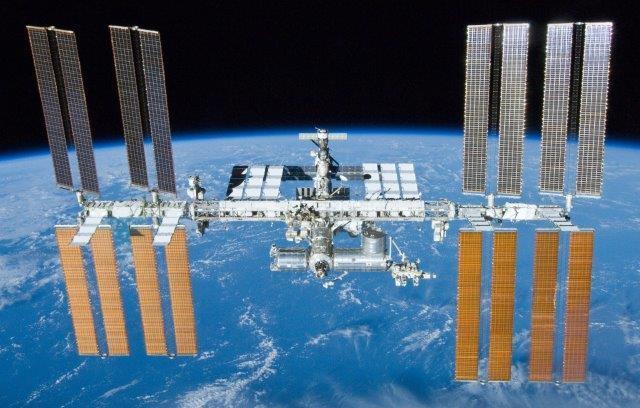Cold “space” war: China-Russia race to install nuclear reactor on moon and establish “restricted zones” for US

The US, China, and Russia are competing to build the first nuclear reactor on the Moon. If Beijing and Moscow succeed ahead of Washington, they could declare parts of the Moon a “restricted zone,” potentially limiting American access, warned US Transportation Secretary Sean Duffy, The New York Times reports.
This ambitious project reflects the deepening of China-Russia strategic alliance, which is positioned as anti-American. Russia’s losses in Ukraine are weakening Moscow’s position, which could affect their partnership. Earlier, Chinese Foreign Minister Wang Yi stated that China does not want to see Russia defeated in the war, as a Ukrainian victory would prompt the US to shift its full attention to China.
China and Russia are planning to install the reactor by the mid-2030s as part of a joint effort to construct a permanent lunar base.
NASA accelerates its lunar nuclear program
In response, Washington is ramping up efforts to deploy its own nuclear power plant on the Moon. According to a new NASA directive:
- A program leader must be appointed within 30 days.
- A request for commercial proposals must be issued within 60 days.
- The reactor must generate at least 100 kilowatts of electricity — enough to power ~80 American homes.
- Target operational date: end of 2029.
Why nuclear?
A single lunar “day” lasts about 28 Earth days, which means 14 days of light, followed by 14 days of complete darkness. This makes solar power unreliable, especially for continuous life-support operations. A nuclear reactor offers constant, reliable energy, even during the long lunar night.
In 2022, NASA signed three $5 million contracts for early nuclear reactor prototypes, but the new directive calls for faster, larger-scale development.
What’s next?
The first Artemis crewed landing is tentatively scheduled for 2027, though many experts are skeptical about that timeline. Many of the essential components, including the lunar landing module Starship, which SpaceX is developing, have not yet been tested. The Trump administration wants to transition to using commercial rockets and spacecraft instead of the Space Launch System rocket and Orion capsule, which NASA has been working on for over a decade.
A reactor would be useful for long-term stays on the Moon, especially during the two-week-long nights, but NASA’s plans do not specify when a lunar base might be built.